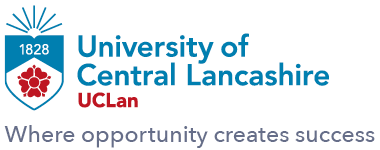 |
Here is yet another study that extends a finding for women with particular characteristics to recommendations for all women. In fact, as far as I can see, according to the sub analyses in the study, the finding
of benefit only applies to women who were not induced, and to nulliparous women (?who were induced?).
So I think the message should really be – for women who have labour induction, or for those having their first baby (? + labour induction?) a policy of IV oxytocin may reduce severe PPH…?
All the best
Soo
From: CHAIN enquiries <[log in to unmask]>
Sent: 29 November 2018 10:24
Cc: [log in to unmask]
Subject: CHAIN targeted message: Intravenous oxytocin reduces severe bleeding after vaginal delivery (target group: [job title] midwi, obstetr; N=235)
Dear CHAIN member,
We would like to draw your attention to the following NIHR Signal. NIHR signals are summaries of important health research that aim to cut through the noise and provide decision makers in the
NHS, public health bodies and social care organisations with evidence they can use. Please circulate as appropriate. Thank you.
-------------------------------------------------------------
NIHR Signal
Intravenous oxytocin reduces severe bleeding after vaginal delivery
Routine oxytocin injected directly into the bloodstream, rather than into the muscle, after birth results in fewer people suffering severe bleeding (postpartum haemorrhage).
The overall rate of postpartum haemorrhage (PPH) or side effects was similar between the groups, but the intravenous group had fewer severe haemorrhages, needed fewer blood transfusions and fewer
admissions to high dependency care. Intramuscular route oxytocin is currently recommended in the UK, partly due to concerns about side effects.
This trial, carried out in a single maternity unit in the Republic of Ireland, randomised 1,075 women to receive either intravenous or intramuscular oxytocin after giving birth. The incidence of
severe PPH was small, 66 women amongst about 1,000 and the trial did not detect a difference for the 217 women who had all grades of bleeding. This study provides further evidence on the effectiveness and safety of intravenous oxytocin given during the third
stage of labour in women without cardiovascular disease. However, as a single trial, it may not be the final word on the topic.
----------------------------------------------------
Regards,
Irina Johnston
CHAIN Administrative Assistant
If you wish to publicise information on the CHAIN Network please email your request to:
[log in to unmask]
CHAIN -
Contact, Help, Advice and Information Network – is an online international
network for people working in health and social care.
For more information on CHAIN and joining the network please visit website:
www.chain-network.org.uk
Follow CHAIN on
Twitter: @CHAIN_Network ;
Find us on Facebook;
Connect with CHAIN on LinkedIn
-------------------------------------------------------------------------------------
Notice to CHAIN members: To help us keep your record up-to-date please let us know when your details change
- for examples when you move to a new job or change address. Thank you.
-----------------------------------------------------------------------

|
To unsubscribe from the MIDWIFERY-RESEARCH list, click the following link:
https://www.jiscmail.ac.uk/cgi-bin/webadmin?SUBED1=MIDWIFERY-RESEARCH&A=1